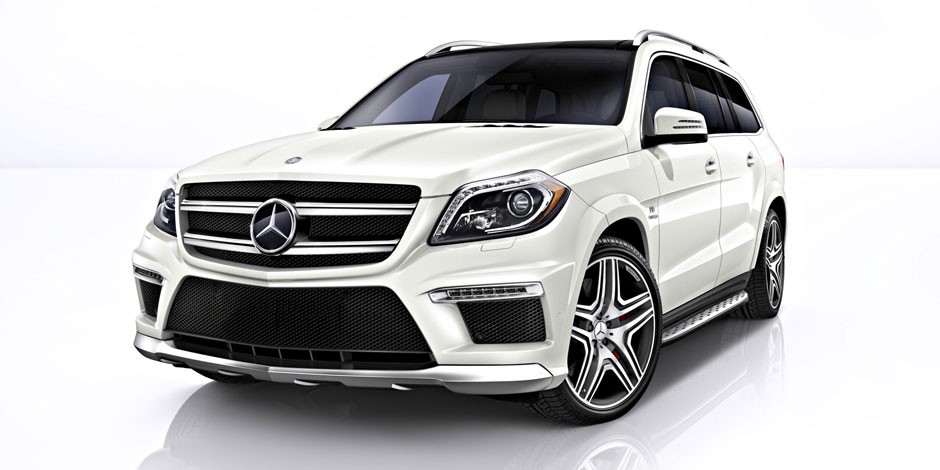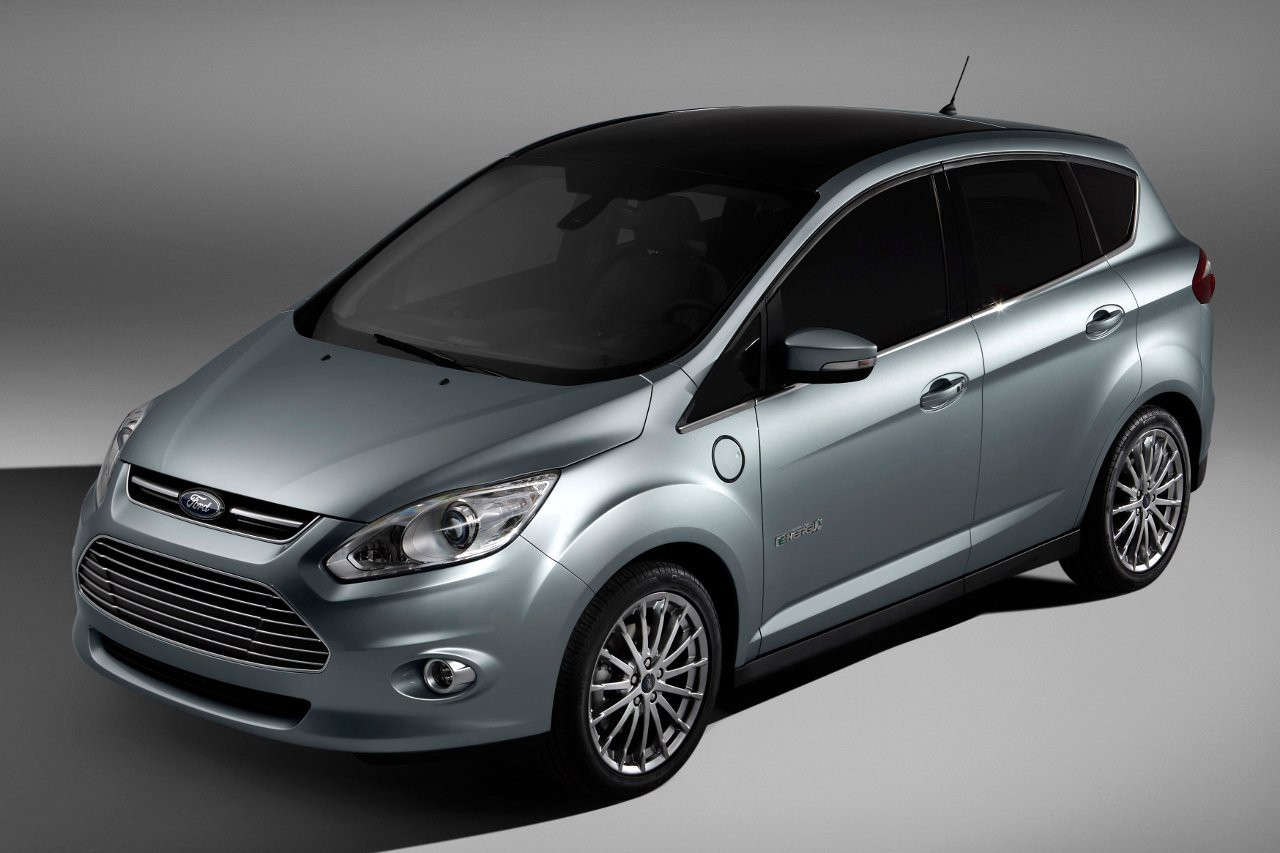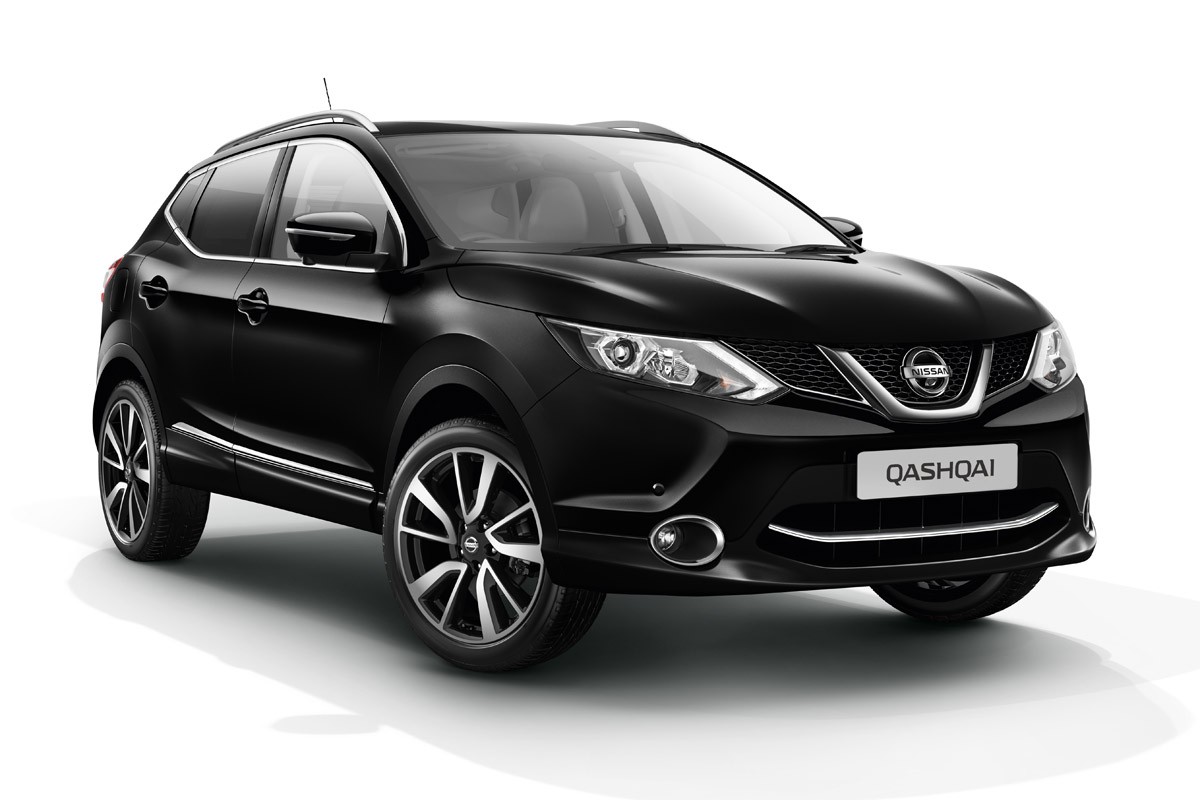
Motor manufacturers use all kinds of terms to describe their vehicles, so it?s no wonder that there is often confusion about what some of the names and acronyms actually mean. The confusion isn?t helped by the fact that some types of cars, like the station wagon, estate car, or shooting break, get their various names depending on the manufacturer and the country you are in.
One of the sources of confusion for many people is; what does SUV stand for, and what is the difference between that, an MPV, and a crossover? If you do know the meanings of the various terms used to describe cars, it can make searching for a new one much easier, so here?s a breakdown of what the differences are between SUVs, MPVs and crossovers.
What does MPV stand for?
MPV stands for Multi Purpose Vehicle, which are also sometimes also called minivans, or people carriers. One of the earliest versions of an MPV, long before anyone thought to call them MPV?s, was the Volkswagen Type 2, which some may remember as the ?Hippie Van? of the 1960s. This had all the basic hallmarks of the modern MPV, including three rows of forward facing seats, sliding passenger doors, and a top hinged rear tailgate.

The modern MPV is designed, first and foremost, for transporting a larger number of people in safety and comfort. Most models will carry between five and seven people and have room for luggage too. They are usually taller than the average family saloon car, to provide greater headroom and ease of access, and they are usually front wheel drive. In terms of body shape, MPVs are relatively short in length, and they usually have a short, aerodynamically shaped hood. MPVs do come in different sizes. There are the small people carriers, such as the Citroen C3 Picasso. There are medium sized MPVs, like the Ford C-Max, and then there are the larger versions, like the Volkswagen Sharan.
What does SUV stand for?
An SUV is a Sports Utility Vehicle. These are vehicles that are similar to estate cars, or station wagons, but they have a much more rugged look to them and they are designed to be driven off-road as well on. The origins of the SUV can be traced back to the Jeeps and the Landover?s of World War II and the first real commercial SUV is often said to be the Jeep Cherokee, which was first introduced in 1984.
SUVs are designed to be driven off-road and they are usually four-wheel-drive vehicles, but many that are purchased are driven around cities and on highways and never get to see a muddy field! They are usually very robust vehicles, inside and out, and they are often defined as being a car like body built onto a truck chassis. Another feature of an SUV is usually a powerful engine and they are not the vehicle to be buying if fuel efficiency is a priority.

Like MPVs, SUVs come in different sizes and with different specifications. Some of the various terms used to describe them are; Mini SUVs, such as the Jeep Wrangler, Compact SUVs like the BMW X3, Midsize SUVs, which would include the Ford Explorer and Volkswagen Touareg, and the full size SUVs like the Toyota Sequoia.
What is a crossover?
A crossover vehicle, which is also sometimes called a crossover utility vehicle (CUV), is a cross between a family saloon and a purebred SUV. Typically, an SUV was built on a truck chassis, where as a crossover is built more like a modern car, with a unibody. They generally have the same high ground clearance that an SUV has, and many are four-wheel-drive, but they are built with road driving as their primary purpose and light off-road driving as only a secondary one.
Although it is only relatively recently that manufactures jumped on the crossover bandwagon for marketing purposes, the concept has been around for some time. The first instance of the term being used was probably in 1948, when Willys, the manufacturers of Jeeps, produced the Willys-Overland Jeepster, to ?crossover? from the military type, utilitarian market, to that of the family saloon.

Modern crossovers are generally more fuel efficient than SUVs, have better handling, and are designed much more with comfort in mind. Crossovers can be bought in different sizes too, but they are generally larger than a family saloon, and smaller than a full blown SUV. Some examples of vehicles that are being marketed as crossovers include the Nissan Qashqai, Mazda CX-5, and the Audi Q3.
SUVs, MPVs and Crossovers compared
To sum up, then: An MPV is a minivan, or people carrier, designed to carry five to seven people in comfort. An SUV is designed, primarily, to be an off road vehicle that can, and usually is, driven on the roads, and a crossover vehicle, is a cross between an SUV and a family saloon.


